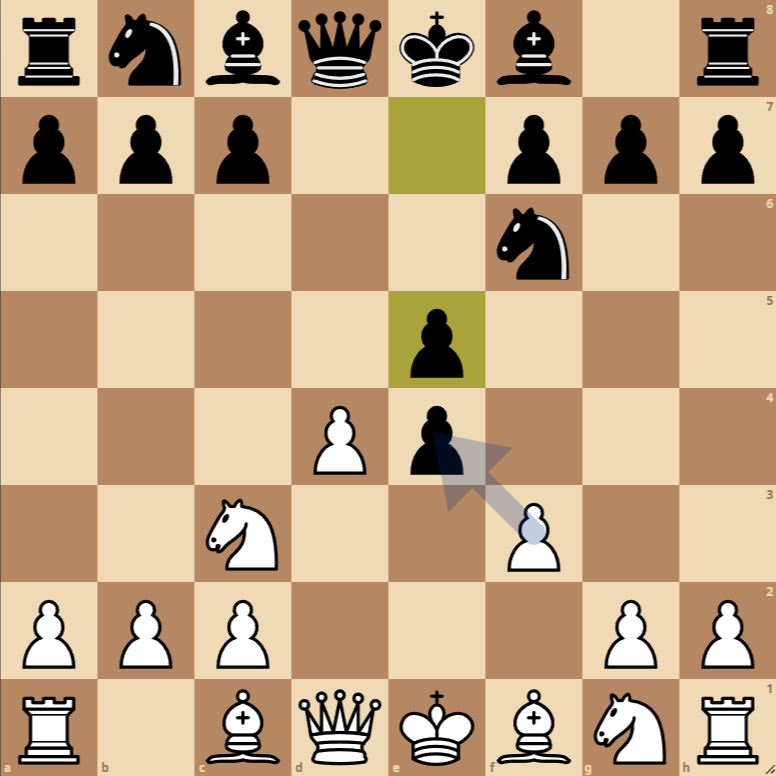How to Play the Elbert Countergambit Opening
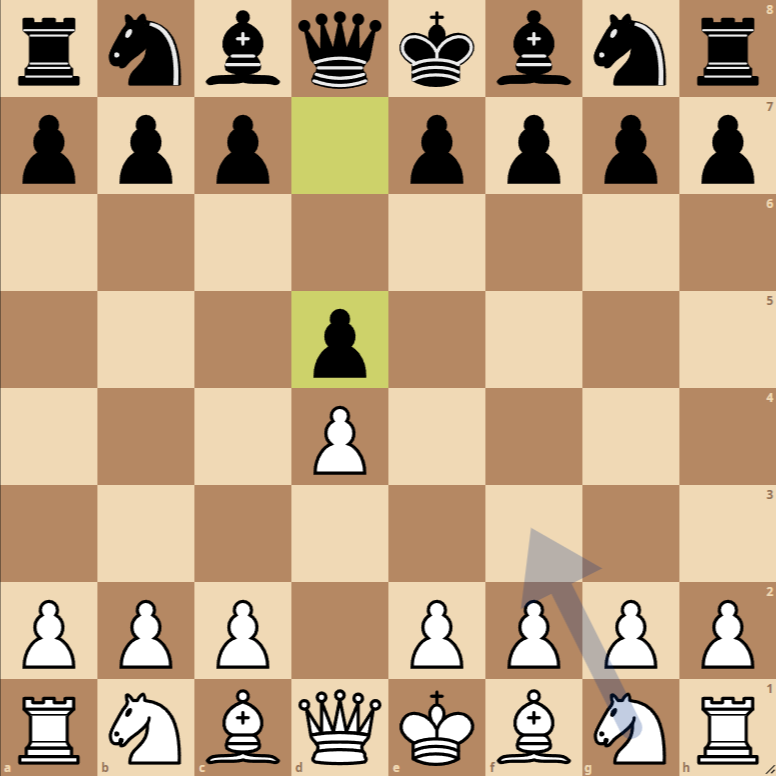
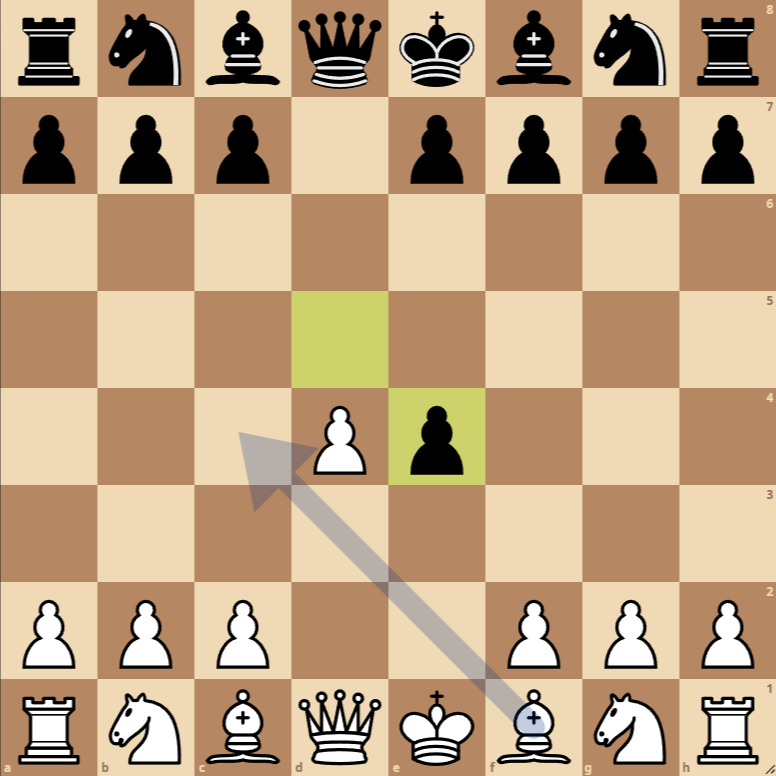
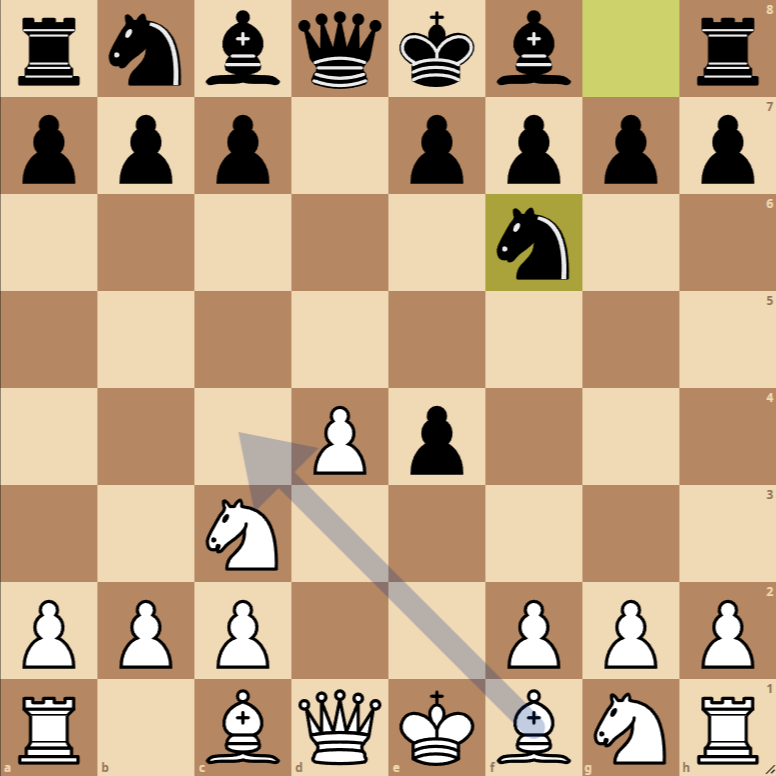
- 1. d4 d5: White starts by controlling the center, and Black responds in the same way, which is the classical beginning of many chess openings.
- 2. e4: White offers a pawn with the intention of destabilizing the center and opening lines for their pieces. It’s an aggressive move that aims to sacrifice material for activity.
- dxe4: Black accepts the gambit, capturing the pawn on e4. This exchange helps Black develop their pieces while maintaining an extra pawn.
- 3. Nc3: White develops their knight towards the center, putting pressure on the pawn on e4 and preparing to recapture it.
- Nf6: Black develops their knight, protecting the pawn on e4 and controlling important central squares.
- 4. f3: White prepares to regain the pawn on e4, challenging Black’s defense of that point.
- e5: Black advances a pawn in the center, challenging White’s pawn structure and aiming to maintain a pawn advantage.
Variations of the Elbert Countergambit Opening
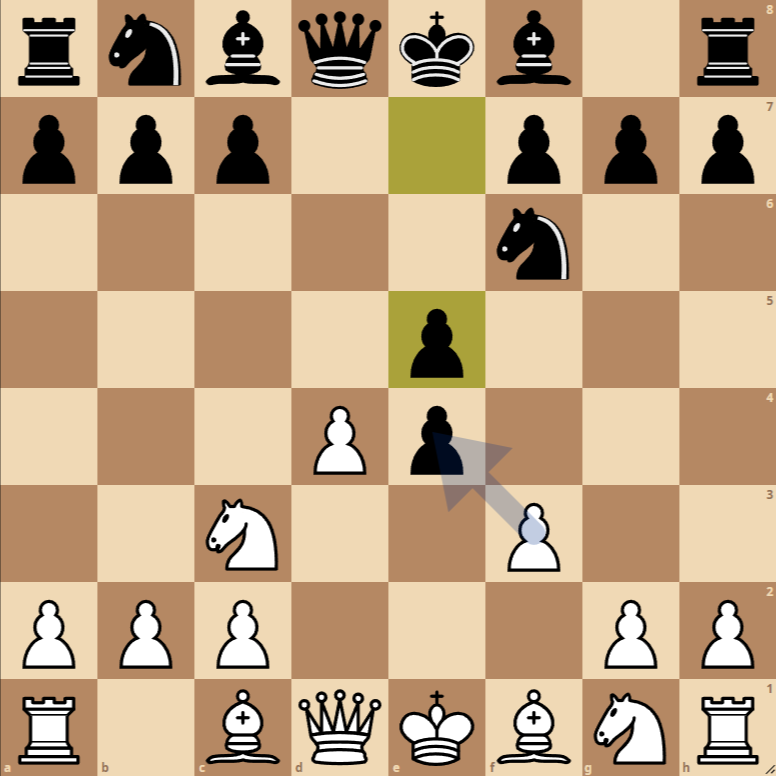
Early Pawn Recovery
The game has followed the steps of the Elbert Gambit
An unconventional opening that begins with the moves 1. d4 d5 2. e4. In this opening, White offers a pawn with 2. e4 in the hope of dominating the center and developing their pieces quickly, while Black accepts the gambit by playing 2…dxe4.
So far, the main idea is for White to seek to recover the offered pawn and gain an advantage in development and space.
After 3. Nc3
White puts pressure on the pawn on e4, showing their intention to recapture the material. Black, on the other hand, defends this pawn with 3…Nf6, a move that also contributes to the development of their pieces and prepares for castling.
With 4. f3, White is ready to recapture the pawn on e4, but Black decides to complicate things with 4…e5, a counterattack in the center that challenges White’s pawn structure and opens lines for their pieces.
Strategies and Tactics for Both Sides:
White: White’s strategy focuses on recovering the lost pawn and gaining an advantage in development. The move 4. f3 prepares the way to recapture the pawn on e4, but with 4…e5, White must carefully consider their next move. Capturing on e5 (dxe5) opens up the Black queen towards the center and offers White a chance to maintain pressure in the center. Another option is fxe4, recapturing the pawn and maintaining a solid pawn structure in the center. The choice between these moves depends on whether White prefers a more positional or dynamic game.
Black: Black has countered White’s center with 4…e5, aiming to destabilize the pawn structure and create counterplay. With the threat of capturing the pawn on d4, Black tests the coordination of White’s pieces. If White decides to capture on e5, Black can recapture with the knight, keeping tension in the center and looking for attacking opportunities. If White opts for fxe4, Black must be ready to rearrange their pieces to attack White’s reinforced center.
Next Best Moves:
For White, dxe5 and fxe4 are critical in deciding the course of the game. dxe5 challenges Black to maintain tension in the center, while fxe4 solidifies White’s presence in the center. The choice should be based on the preferred playing style and the evaluation of the position.
For Black, responding to dxe5 with …Nxe5, maintaining pressure in the center. If White plays fxe4, Black can consider moves like …Bc5, attacking d4 and seeking to activate their pieces quickly.
In summary, the Elbert Gambit leads to a complex and dynamic position where both sides have opportunities to seize the initiative. White aims to justify their initial gambit with active play and control of the center, while Black seeks to counter these plans and exploit weaknesses in White’s position. The choice of strategy and tactics will depend on the preferred playing style and the ability to adapt to the opponent’s responses.

